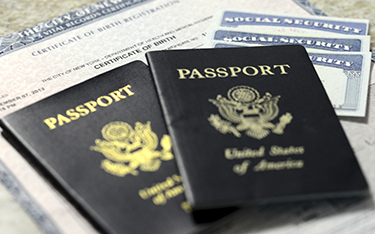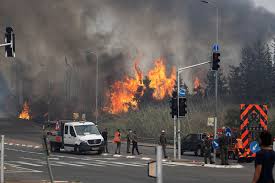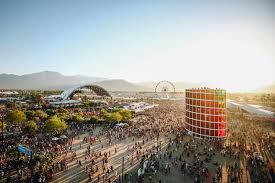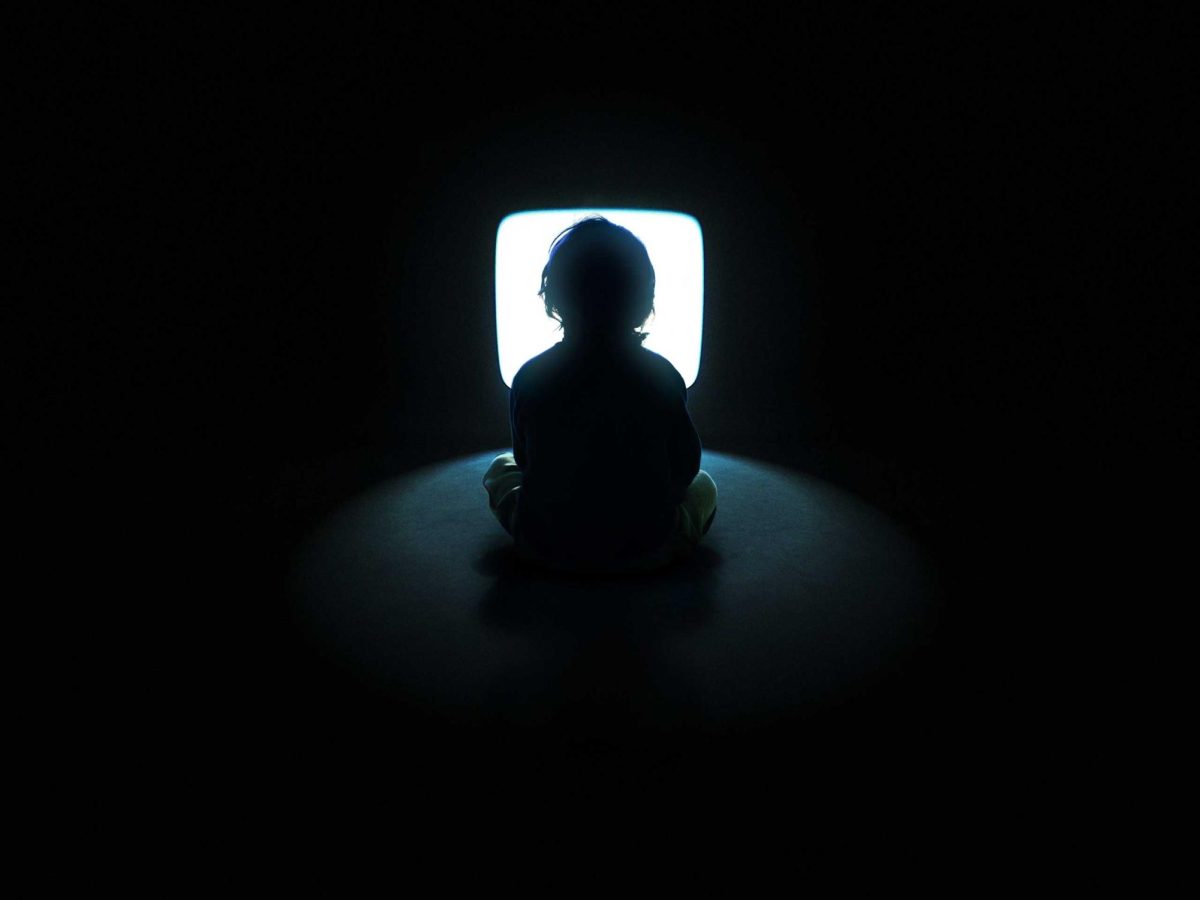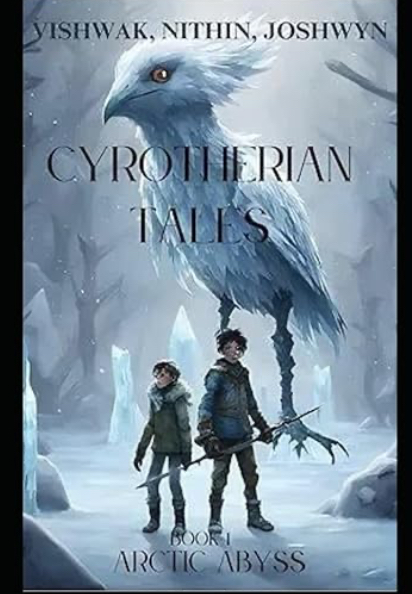The candlelight flickers, the soft glow illuminating the pictures that dot the terraced display. Marigold garlands hang from the walls, a long, violet tablecloth embroidered with cheerful patterns covering the table. Trinkets and pieces of food line the edges of each level of the display. The pictures are of smiling faces: the young, the old, and even a pet or two. Families gather nearby, celebrating, eating food, and remembering those who aren’t here anymore but aren’t lost either.
Unlike many other festivals about those who are gone, Día de los Muertos (Day of the Dead) celebrates the passing of the dead and giving thanks for having had them in our lives. Día de los Muertos is a tradition that many generations continue to honor, often learning about their ancestors through it. The central purpose of Día de los Muertos is simple: to celebrate and honor those who have passed, specifically loved ones, as it is believed that they return to the living world for a short time to reunite with their families and friends.
Día de los Muertos is actually the second part of the celebration. The first day of festivities, Día de los Angelitos (Day of Little Angels), is dedicated to celebrating the lives of dead children. These days, don’t treat death as the end; rather, they celebrate it as just another part of the cycle of life. Día de los Muertos can last anywhere from one to five days, dep
ending on how you celebrate it, but it usually includes days celebrating pets, tragic/sudden deaths, children, and all loved ones.
Día de los Muertos originated when the Spaniards arrived in the Americas and introduced Catholicism, merging it with a festival the Aztecs held to honor their god
dess of the dead,
Mictecacihuatl. This unique event has happened for over 3,000 years! The Catholic Church rejected the Aztecs’ polytheistic beliefs and turned them into All Saints’ Day and All Souls’ Day, making it two days that fit into the Catholic calendar. Mexicans have since transformed it into a unique holiday that they honor every year. The offerings made to the dead also come from the Aztec ritual of giving water and food to the deceased to
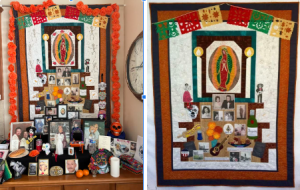
help them on their way to the land of the dead.
Altars to the dead are decorated with marigolds, as the flower is thought to guide the spirits back with its intense color and pungent smell. Papel picado, another popular decoration for the holiday, is perforated paper that’s an important part of Día de los Muertos celebrations. It originated with the Aztecs, who carved spirit figures from wood. The decorations are strung along the streets and on altars, adding to the festive vibe of the occasion. In terms of food, people eat Pan de Muerto, a traditional sweet bread, and dark chocolate. People also drink atole, a corn flour beverage.
During an interview with Laura Fraga, who celebrates Día de los Muertos every year, she explains that, “By celebrating them [the dead], it’s like they never really died…it gives me a lot of comfort to be able to see the faces of my loved ones in one place.” She goes on to comment, “So it just brings back so many fond memories, and you know, our relatives are who make us what we are, who we are, right? So everybody has shaped the person that I am.” Her summary of what Día de los Muertos means to her perfectly highlights the holiday’s mood and purpose: to reflect, remember, celebrate, and honor the memory and impact of our loved ones’ lives.
Día de los Muertos is different from other holidays about death because it is festive. Normally, when we talk about someone who has died, we feel emotions related to loss, sadness, and resentment. At funerals, we wear black clothing and mourn those who have passed from our lives. This special Mexican festival is the opposite, giving people a chance to reconnect with their loved ones and embrace feelings of gratitude, joy, and reflection. It is truly a great way to remember those whom we love and miss.









